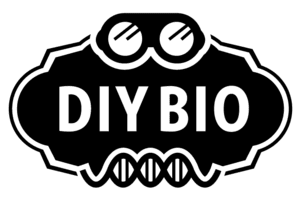
DIYbio, short for do-it-yourself biology
Cathal Garvey’s home laboratory in Cork, Ireland, is filled with makeshift equipment. His incubator for bacteria is an old Styrofoam shipping box with a heating mat and thermometer that he has modified into a thermostat. He uses a pressure cooker to sterilize instead of an autoclave. Some instruments are fashioned from coffee cans.
In the burgeoning world of citizen science, where the ethos is closer to scout manual than peer-reviewed journal, Mr. Garvey, a 26-year-old geneticist who worked in a cancer research center for about four years after earning a graduate degree, is something of a hero. He is perhaps best known for inventing the DremelFuge, a small centrifuge that can be fabricated by a 3-D printer. His plans are freely available online, so anybody who has the desire and the resources to make one can do so.
He and other scientific improvisers, or bio-hackers, are part of a movement called DIYbio, short for do-it-yourself biology, which got its official start in 2008 with DIYBio.org, an online hub for sharing ideas. The site has grown to more than 2,000 members since its inception.
“I want to generate the sort of tools that make it easy to do DIYbio at home,” Mr. Garvey said.
One of the movement’s rallying points is Genspace, a nonprofit laboratory in Brooklyn that is open to members of the public, regardless of scientific background. Since it opened in 2010, on the seventh floor of an old bank building, similar labs have sprouted in Boston and San Francisco.
Genspace has roughly a dozen members, and each pays $100 a month to cover rent and what laboratory people call consumables: chemical agents, disposable tubes and other paraphernalia that need to be replaced regularly.
The initial concept, said Daniel Grushkin, a journalist based in Brooklyn who was a founder of Genspace, is similar to the ethos of open-source software development: If you get as many brains as possible working collaboratively on biotechnology, “you might get a really good idea.”
The idea of amateurs doing their own biology has raised fears about both deliberate bioterrorism and the unintentional creation of a deadly disease. But making a new and virulent pathogen is far from easy, and the DIYbio community has adopted a set of safety standards to minimize such risks.
“Within a very narrow scope, it’s possible that somebody could cause harm,” Mr. Garvey said. “But they could only cause a disease to emerge if they were working with disease.”








